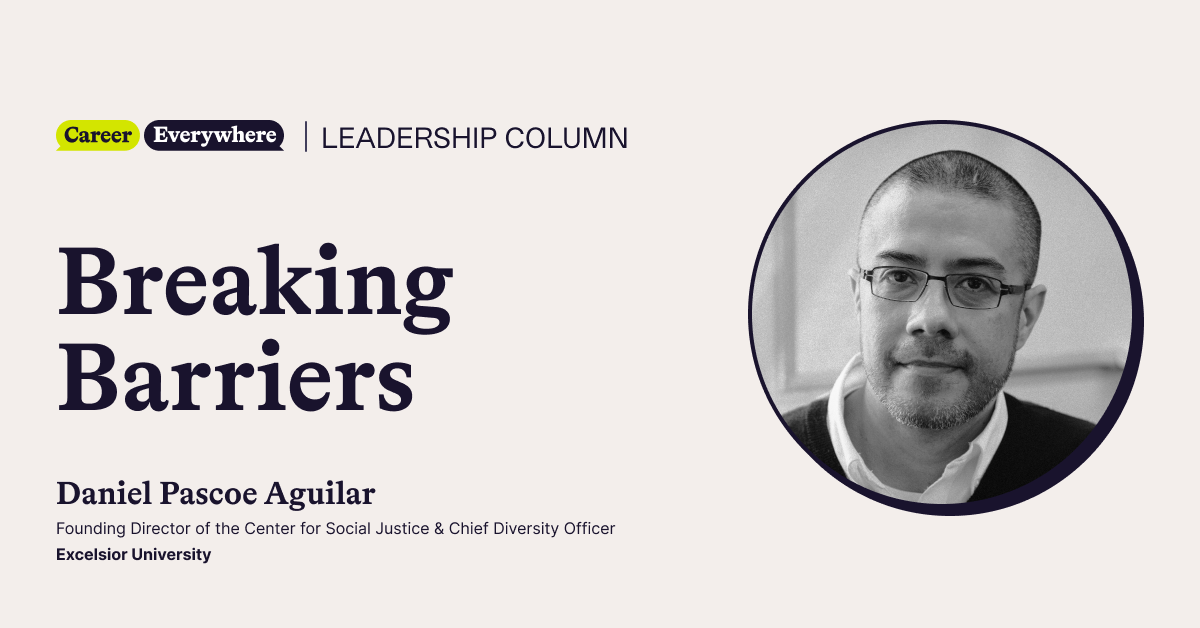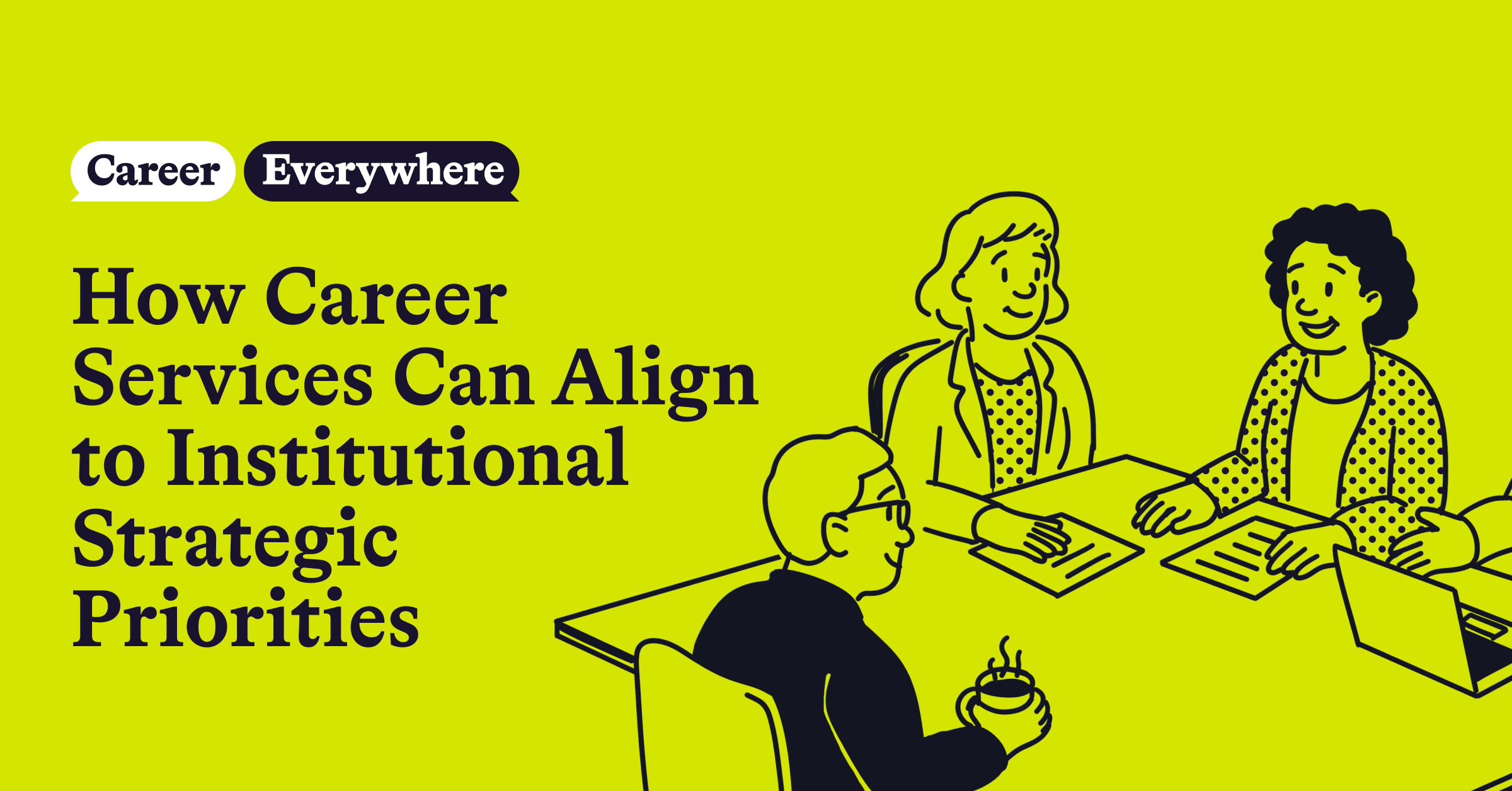
In my 17th column, I focused on our leadership responsibility to help the leaders we lead to overcome bottlenecks and reclaim resources they’ve lost. Based on Dr. Joan Middendorf’s work, I emphasized the importance of moving beyond the content and delivery of what our team members need to learn to identifying where they are “getting stuck” to develop and subsequently facilitate the necessary “decoding” and “scaffolding” they need to gather, study, process, and apply new information in order to master the knowledge and/or skill they need to lead.
I connected this leadership focus to the historical and developmental justice concepts I discussed in my 16th column: our leadership responsibility to learn about and respond to the experiences and impact that lack of privilege, limitation of resources, inaccessibility to opportunity, ongoing threat, or direct discrimination has on the lives of many of our team members. As an application of this, I shared Cia Verschelden’s research on the “bandwidth tax of uncertainty” underprivileged learners must survive every day, inevitably challenging and limiting their capacity to function at their full potential, cognitively, affectively, and physically.
To continue this critical focus of our leadership, in this column I am referencing Thomas and Kilmann’s Conflict Management Model, a framework based on the level of assertiveness and empathy under which we operate when responding to conflict.
Assessing the levels at which we pursue these two spectra when dealing with conflict, the model includes four conflict management approaches plus a transitional one:
- A collaboration approach combines high levels of empathy and assertiveness.
- An accommodation approach combines a high level of empathy and a low level of assertiveness.
- A competition approach combines a high level of assertiveness and a low level of empathy.
- A compromise transitional approach combines moderate or limited levels of assertiveness and empathy.
- An avoidance approach combines a low level of empathy and a low level of assertiveness.
As leaders of leaders of our critical institutional and societal charge (e.g. the preparation of a diverse, authentic, engaged, and ready next generation of leaders), we are responsible for observing avoidance or withdrawal approaches to conflict management in our teams and its members. If we pay attention to the vast research on the impact that leveraging the diversity of perspectives, ideas, and skills our teams bring to our leadership, decision-making, and performance, we should invest time in eliciting and learning about the voices, values, experiences, needs, and insights of the leaders we lead. We must figure out ways to make these rise to the surface for the effectiveness of our work.
As leaders in higher education, we are responsible for developing environments and relationships with our team members that value, elicit, and leverage their stories, insight, and competencies. We ought to empower the leaders we oversee to show up authentically and to share and integrate their experience and perspectives into our efforts. We cannot assume that if their voice is not present that it does not exist, or that if their voice is not rising to the surface that it does not need to be elicited.
Avoidance or withdrawal in the conflict management response of the leaders we lead risks our neglect and the underperformance of our ecosystems. First, it excludes them from participating in our work and, critically, it excludes their brilliance and intelligence in our decision-making and performance. Second, their avoidance or withdrawal could represent a culture of hesitation or even fear to contribute, one in which psychological safety is limited and which, whether inadvertently or not, discriminates the key contribution of all leaders we lead, likely of those who are experiencing bottlenecks or the bandwidth tax of uncertainty in their personal or professional experience. Third, we must consider that the first two risks above are direct threats we role model and potentially facilitate in the experience of our students and, worse, in their preparation as members of the next generation of leaders.
I thus recommend asking ourselves the following questions as part of our leadership to procure responding to our team members’ avoidance or withdrawal reactions to conflict:
- How does my leadership respond to conflict?
- How does my leadership respond to the conflict management approach of each leader I lead?
- How does my leadership respond to team members’ conflict management avoidance or withdrawal?
- How can my leadership engage leaders I lead who avoid or withdraw in response to conflict?
- How can my leadership facilitate the authentic contribution of all leaders I lead?
- How can my leadership develop psychological safety in the environments, interactions, and collaboration I facilitate?
- How can my leadership fully leverage the diversity of perspectives, experiences, ideas, and skills of my team?
As leaders of leaders of our critical institutional and societal charge, we are responsible for identifying and responding to avoidance or withdrawal behavior in our teams and each of its members. We must intentionally invest ourselves in eliciting and learning from their voices, values, experiences, needs, and insights for the effectiveness of our leadership and work.


